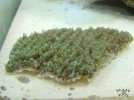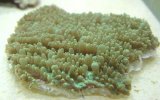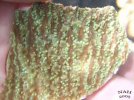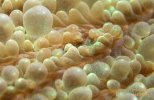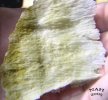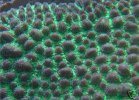(posted on another board)
unless the species is very obvious - like Acropora palmata, Catalaphyllia, A. florida, Trachyphyllia, etc., just don't even try it. ESPECIALLY with Acropora, Montipora, faviids, and Porites. I'm going to do a taxonomy workshop at this year's MACNA I think (so have been asked) - and we can do a rundown on the methods here, but long and short of it is when someone tells me they have an Acropora whateverensis I just roll my eyes.
I mentioned to someone while I was up there, that there is a really nice little pocket guide to field ID of living Acropora to the sub-genus group. it costs about five dollars, and proceeds go to charity. Its called Acropora staghorn corals: A "getting to know you" and identification guide published by OceanNEnvironment (www oceannenvironment.com.au. Its the best quick guide outside being a geek with Wallace's big book or Veron.
A lot of hobbyists think that by saying or thinking they know the species they sound cool, but to anyone who knows how hard it is to ID corals, much less living and small aquarium corals where are the diagnostic features are covered in tissue, it just shows foolishness. Case in major point - mail order coral vendors. What a joke!

